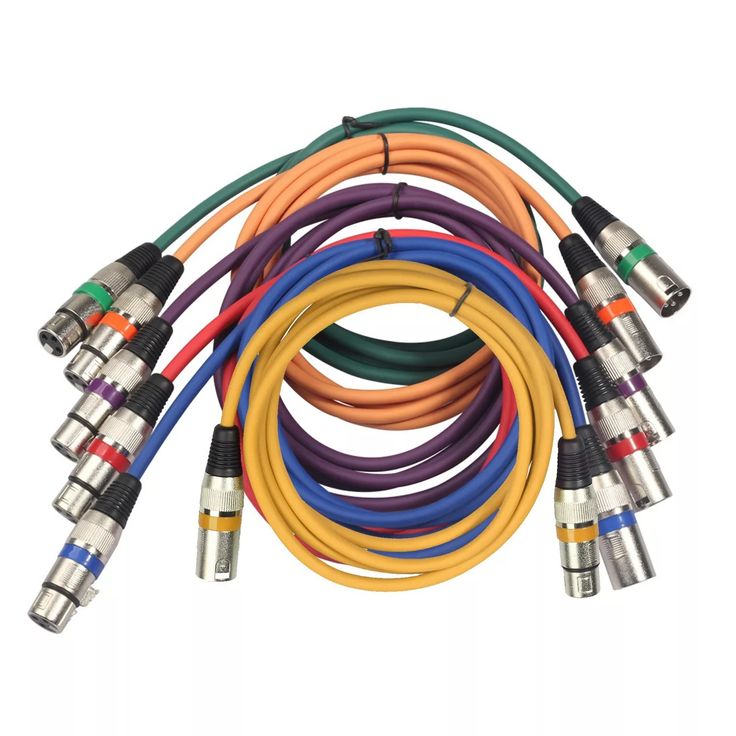While attention in drones often focuses on motors, batteries, or AI controls, custom wire harnesses form the backbone of every reliable flight operation. They not only transmit power and data but must also withstand extreme aerodynamic, thermal, and mechanical stresses—a feat of micro-scale engineering.
1. Anatomy of a Drone Wire Harness
A typical wire harness for multicopters includes:
- Power conductors: Silicone-coated copper wires (16–24 AWG) for ESC-to-motor connections
- Signal pathways: Twisted-pair cables with 100 MHz bandwidth for IMU/GPS data
- Shielding: Aluminum foil + braiding (85% coverage) to counter EMI from brushless motors
- Structural protectors: 3D-printed TPU mounts for bend protection at pivot points
2. Critical Use Cases
| Drone Type | Cable Challenges |
|---|---|
| Racing Drones (FPV) | 20G acceleration tolerance; weight <15g/m |
| Industrial Inspection | -40°C to +85°C (oil rig environments) |
| Military UAVs | EMP-resistant connections (MIL-STD-461G) |
| Agricultural Drones | Chemical resistance (fertilizers, pesticides) |
3. Design Paradigms
a) Weight Optimization
- Use of aluminum-stranded wires: 30% lighter than pure copper conductors
- Micro-miniature connectors (e.g., JST-SH 1.0mm) for PCB interconnects
b) Reliability Under Dynamic Loads
- Torsional strength: ≥500 cycles at 180° rotation (per EN 50396-2)
- Vibration damping: Silicone-jacketed cables for frequencies up to 2kHz
c) EMC Engineering
- Ferrite cores on PWM lines to suppress switching noise
- Coaxial routing strategies for HDMI and telemetry signals
4. Innovation Drivers
- Graphene-based conductors: 50% higher current capacity at the same cross-section
- Self-organizing harnesses: Shape-memory polymers adapt to flight maneuvers
- Optical data buses: POE+-capable hybrid cables combine 48V DC and 10G POF
- AI-driven fault prediction: Inline resistance sensors detect cable fatigue
5. Eco-Design Strategies
Per EU Drone Regulation (EU 2019/945):
- RoHS-compliant materials: Replacement of PVC with halogen-free TPE insulation
- Modular design: Hot-swappable segments reduce e-waste
- Energy efficiency: Nano-coated wires minimize ohmic losses
6. Market Trends & Forecasts
According to Drone Industry Insights, demand for high-performance wire harnesses will grow at a 19% CAGR through 2028, driven by:
- BVLOS operations (Beyond Visual Line of Sight): Noise-resistant long-range communication
- Hydrogen fuel-cell drones: High-voltage cables up to 400V DC
- Swarm technologies: Mesh-capable harness architectures for coordinated flight
Conclusion
Drone wire harnesses is far more than a passive connector—it is a highly optimized mechatronic system that determines mission success or failure. With advances in materials science and edge-computing integration, this “neural pathway of the skies” will enable the next generation of autonomous aerial systems.
Terminology Notes:
- ESC: Electronic Speed Controller
- IMU: Inertial Measurement Unit
- POF: Polymer Optical Fiber
- BVLOS: Beyond Visual Line of Sight (remote piloting regulation)
This translation maintains technical precision while adapting to industry-standard English terminology, ensuring clarity for engineers and stakeholders in the global drone sector.


No responses yet